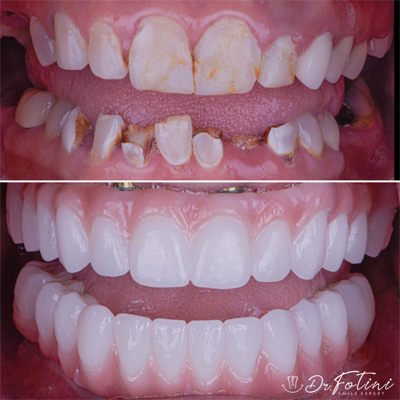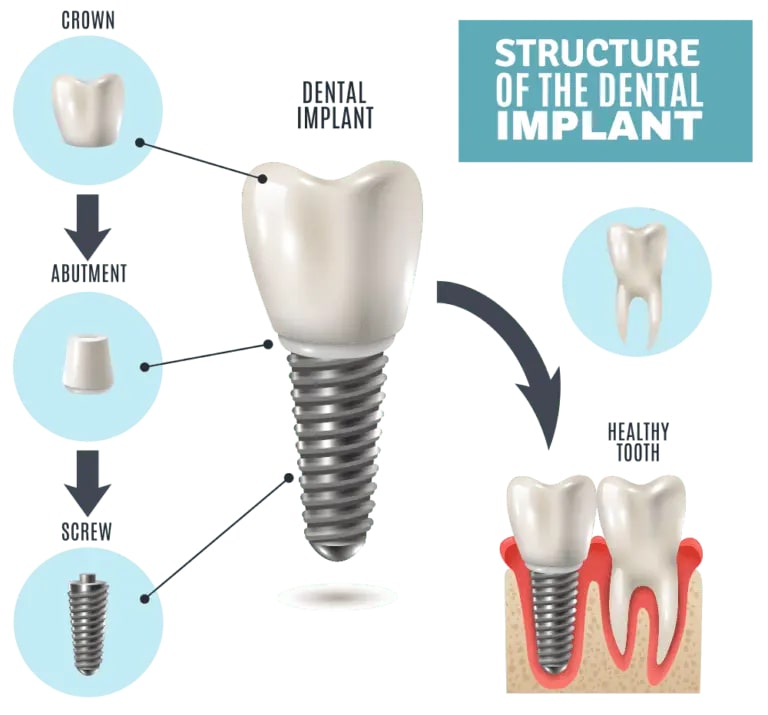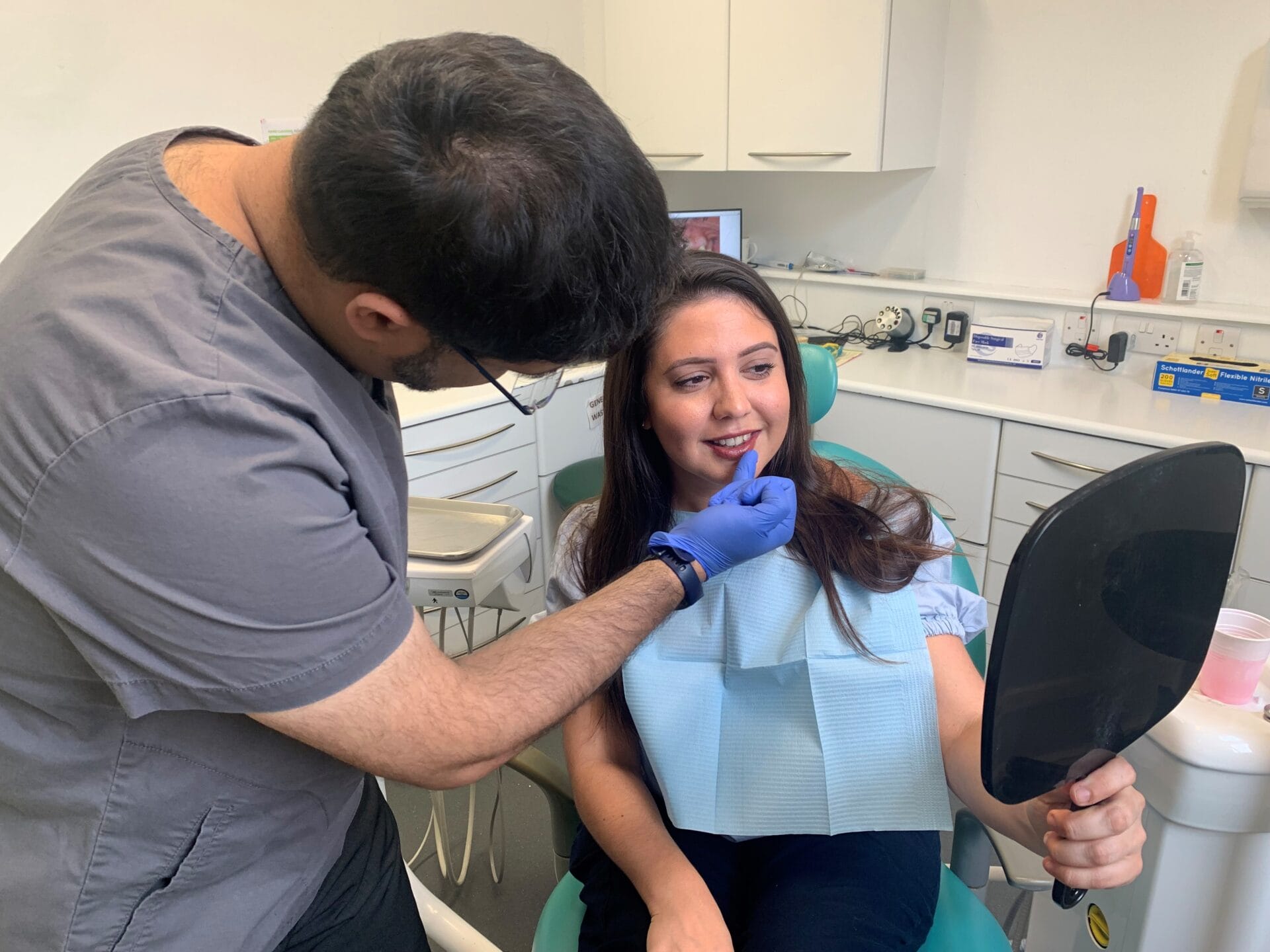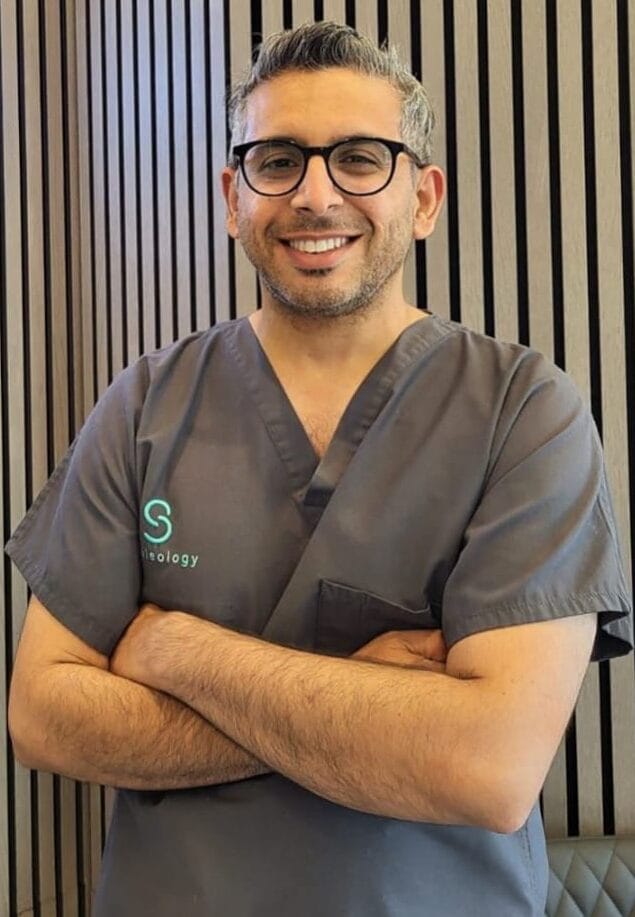Experience the current Innovations in Dental Implants Modern Technology
As the area of dental care proceeds to evolve, the advancements in dental implant technology have been nothing except amazing. From making use of sophisticated materials that improve longevity to the execution of digital imaging for accurate placement, these developments are transforming the landscape of oral treatment. With minimally intrusive surgical techniques and the personalization capacities of 3D printing, patients currently have actually access to customized remedies that were when unbelievable. The integration of modern technology is changing the performance of dental implants, assuring enhanced outcomes and person fulfillment.
Advanced Materials for Boosted Toughness
In the realm of oral implants technology, the assimilation of advanced products has dramatically added to boosting toughness and durability of these crucial oral prosthetics. The application of products such as titanium alloys, zirconia, and ceramic compounds has actually revolutionized the field by providing raised toughness, resistance, and biocompatibility to rust.
Titanium alloys are extensively used in oral implants as a result of their outstanding strength-to-weight proportion, rust resistance, and compatibility with the body. These alloys make sure the security and longevity of the implant by standing up to the pressures applied throughout speaking and chewing, offering a dependable solution for patients looking for resilient tooth replacements.
Zirconia, a sort of ceramic material, has gotten appeal for its biocompatibility and natural tooth-like appearance. Its high strength and resistance to wear make it an appropriate selection for dental crowns and bridges, enhancing the overall appearances and functionality of the implant.

Digital Imaging for Precise Positioning
The advancement of dental implants technology has even more advanced with the combination of digital imaging techniques, guaranteeing accurate placement of these prosthetics for optimal useful and visual end results. Digital imaging plays a crucial duty in the preparation and placement of dental implants by offering in-depth 3D images of the client's jawbone framework. This modern technology enables dentists to evaluate bone thickness, find crucial structures, and prepare the specific position and angle for implant positioning with unrivaled precision.
By making use of digital imaging, dental experts can create digital surgical guides that serve as a roadmap during the dental implant positioning treatment. These guides are tailored for each client, taking into account their one-of-a-kind composition and the desired end result. This level of precision not just improves the success rate of dental implant treatments but likewise reduces the risk of complications.
Moreover, digital imaging allows dental professionals to envision the final prosthetic repair prior to the actual positioning of implants, enabling precise preparation and guaranteeing that the end result meets the individual's visual expectations. Generally, the integration of digital imaging modern technology has actually transformed the area of dental implants, offering individuals an extra predictable, effective, and patient-specific treatment technique.

Minimally Intrusive Surgical Methods


Advancements in surgical techniques have caused the growth of minimally intrusive strategies in the area of oral implantology. These methods aim to decrease trauma to the individual, shorten healing times, and enhance general treatment outcomes. Minimally invasive operations include smaller incisions, specialized tools, and progressed imaging innovations to precisely place dental implants with marginal interruption to surrounding cells.
One secret aspect of minimally intrusive methods is making use of assisted surgical treatment, where 3D imaging and computer-aided design software program are employed to intend the implant positioning with excellent accuracy. This enables a much more foreseeable result and can often remove the need for extensive flap surgery.
Additionally, developments in products and implant layout have actually likewise contributed to the success of minimally invasive methods. Implants with boosted surface buildings promote quicker osseointegration, reducing the healing time called like this for before the prosthetic repair can be positioned.
3D Printing for Customized Solutions
Using 3D printing modern technology in dental implantology enables for the production of highly personalized remedies tailored to private person demands and anatomical variants. This advanced innovation makes it possible for dental experts to create and make dental implants with extraordinary accuracy and precision. By utilizing digital imaging methods, such as cone light beam calculated tomography (CBCT), detailed 3D models of the client's dental dental caries can be generated to direct the implant preparing procedure.
Among the crucial benefits of 3D printing in oral implantology is the capacity to develop patient-specific implants that flawlessly fit the unique anatomy of each individual. This individualized technique aids boost the overall success and longevity of the implant by making sure optimum fit and placement. Additionally, 3D printing permits the production of complex geometries and elaborate frameworks that would click this be impossible or difficult to accomplish utilizing typical production approaches.
In addition, 3D printing modern technology makes it possible for dentists to improve the implantation process, lowering surgery time and boosting total individual experience. With its capability to create tailored remedies swiftly and efficiently, 3D printing is revolutionizing the field of oral implantology, offering people ingenious treatment alternatives and boosted outcomes.
Integrated Technology for Improved Capability
Carrying out cutting-edge innovation in oral implantology enhances performance and accuracy, elevating the requirement of treatment for clients going through implant procedures. Integrated modern technology plays an important duty in improving the general success and durability of dental implants.
Furthermore, the combination of computer-aided design and computer-aided manufacturing (CAD/CAM) modern technology allows the production of customized dental implant remediations with exceptional accuracy. CAD/CAM systems make use of electronic perceptions to make prosthetics that perfectly fit the individual's unique makeup, ensuring ideal convenience and functionality. Furthermore, using robotic-assisted surgical procedure in dental implant positioning boosts precision and decreases the risk of human error.
Final Thought
To conclude, the most recent technologies in oral implants modern technology deal enhanced durability through advanced materials, accurate placement with digital imaging, minimally intrusive medical strategies, personalized options with 3D printing, and improved functionality with integrated innovation - Dental implants Kent. These developments in dental implants innovation are transforming the field and giving people with even more reliable and reliable treatment options for recovering their smiles and dental health and wellness
The integration of innovation is revolutionizing the capability of dental implants, assuring improved end results and client complete satisfaction.
The advancement of dental implants modern technology has additionally advanced with the combination of electronic imaging methods, making certain accurate positioning of these prosthetics for optimal practical and visual results. Minimally intrusive surgical treatments involve smaller sized incisions, specialized instruments, and progressed imaging innovations to precisely position dental implants with marginal disturbance to surrounding cells.
Executing sophisticated technology in oral implantology boosts functionality and precision, boosting the requirement of treatment image source for clients undertaking implant procedures. Dental implants Kent. Integrated technology plays an essential role in boosting the general success and durability of oral implants